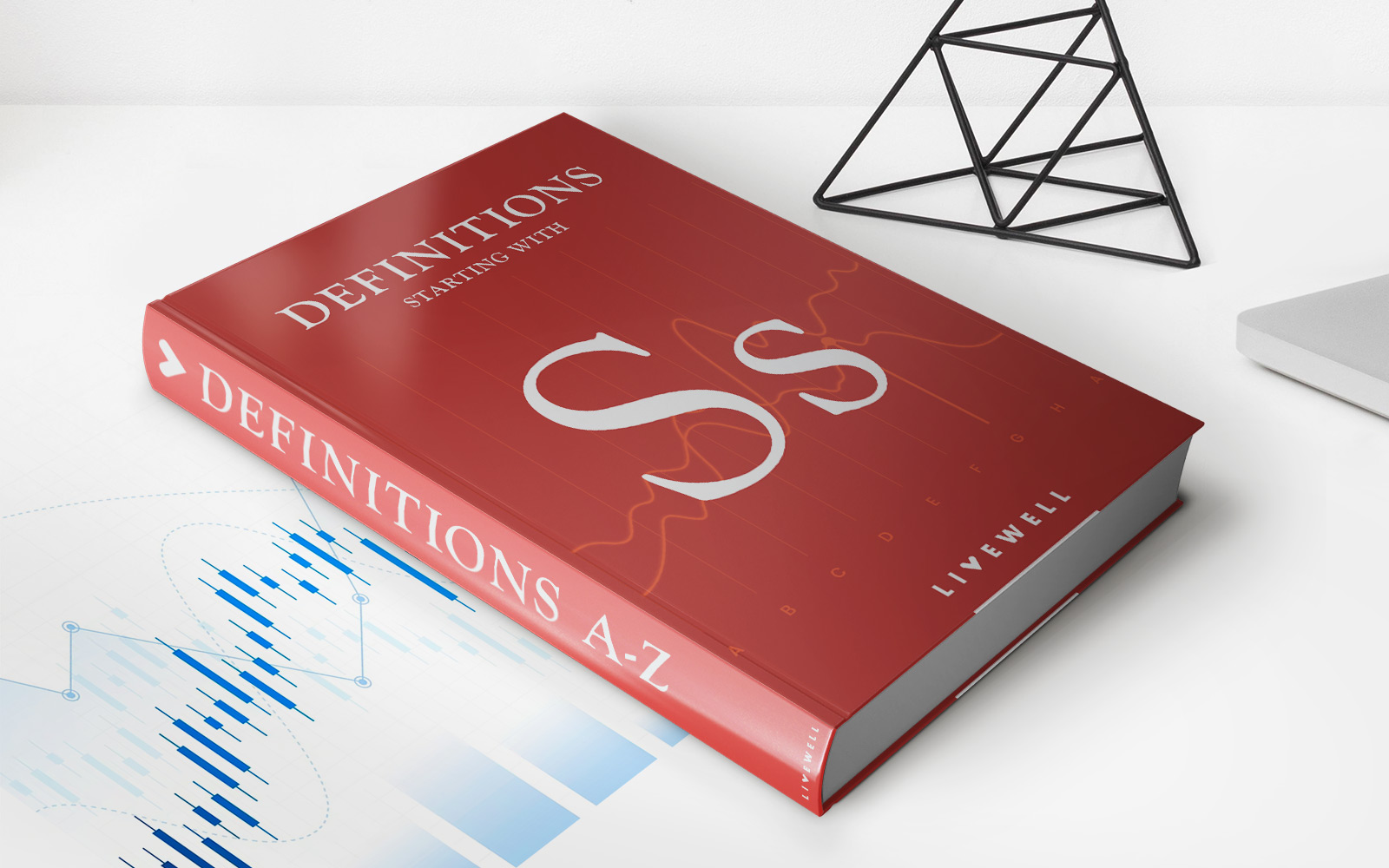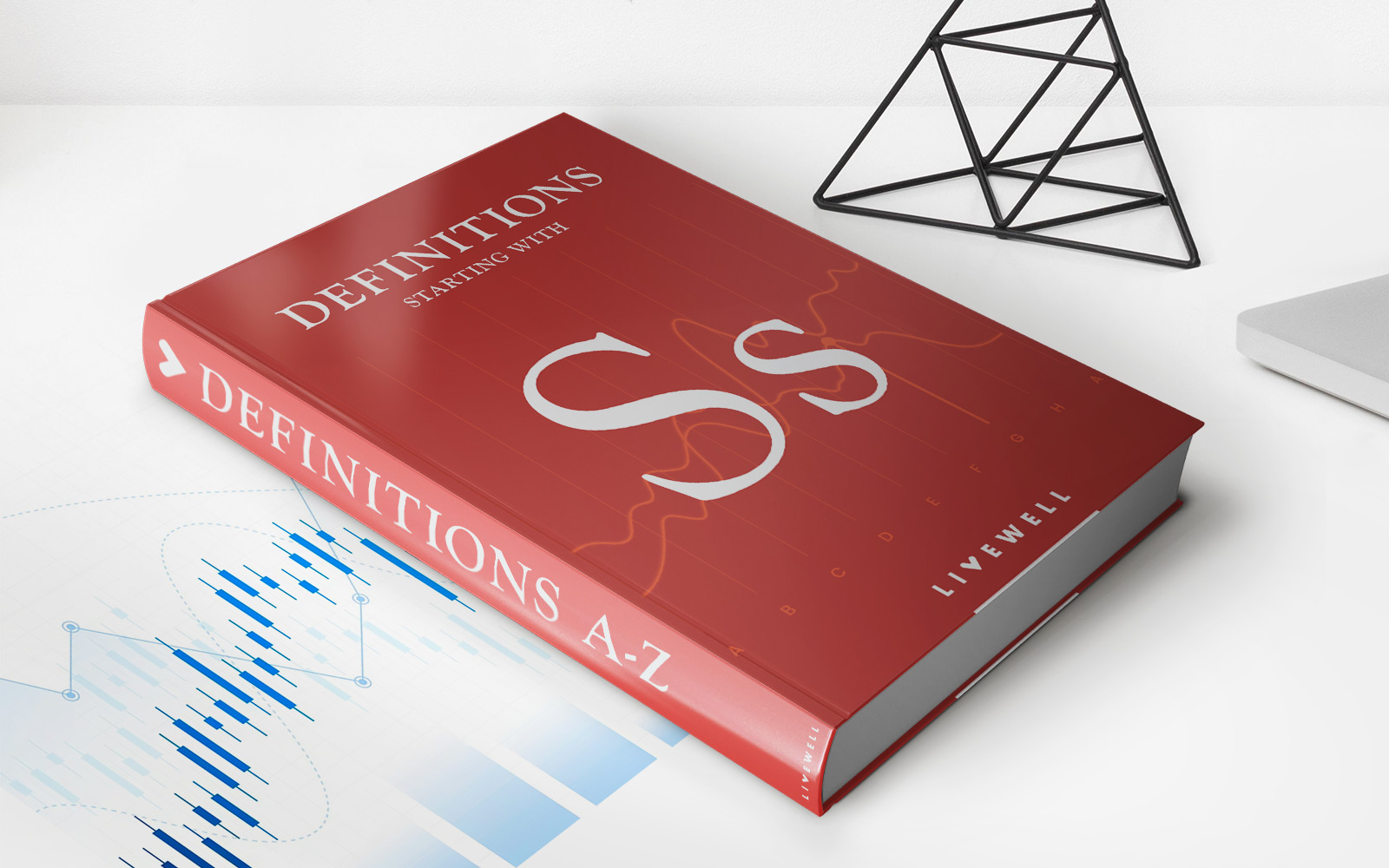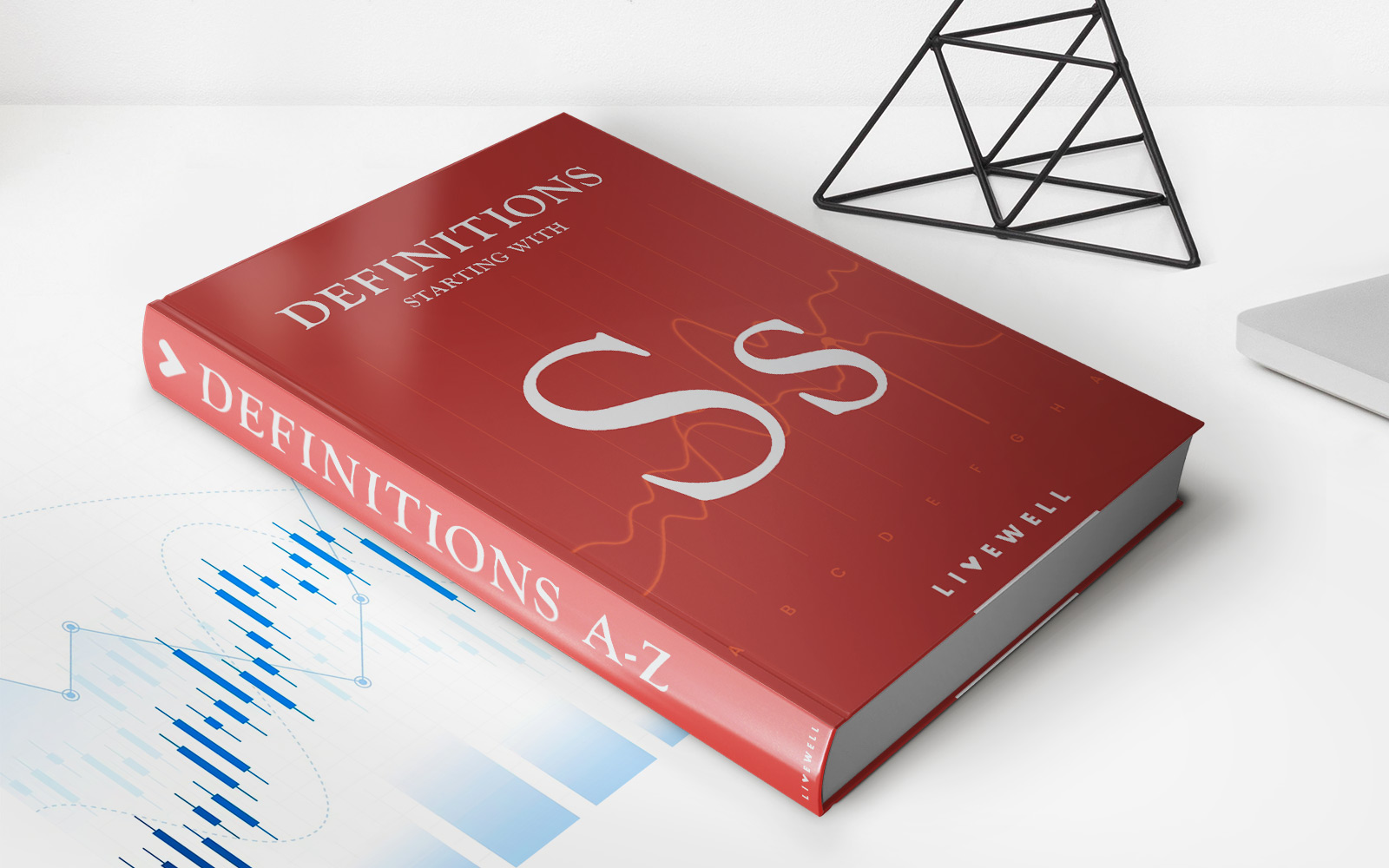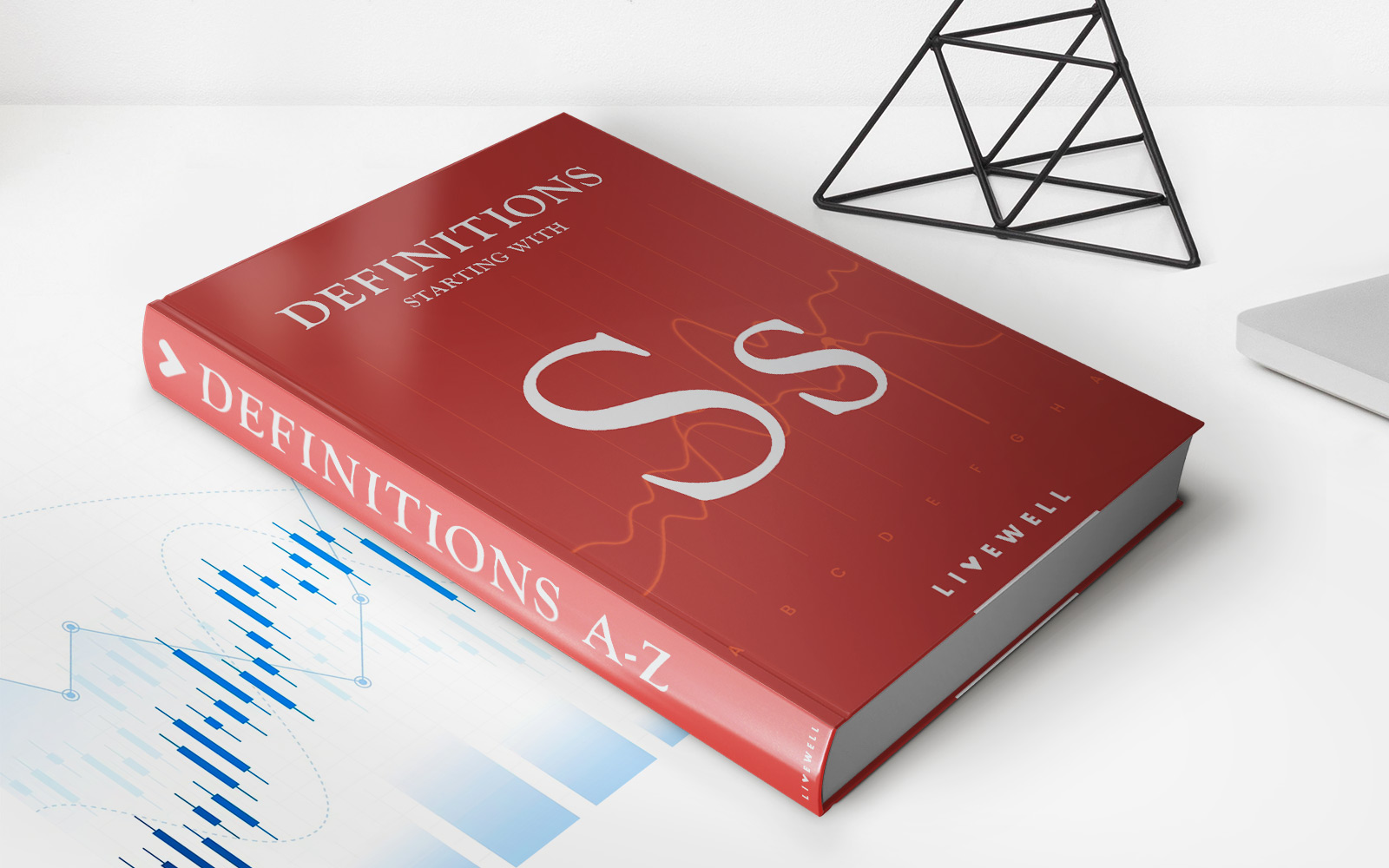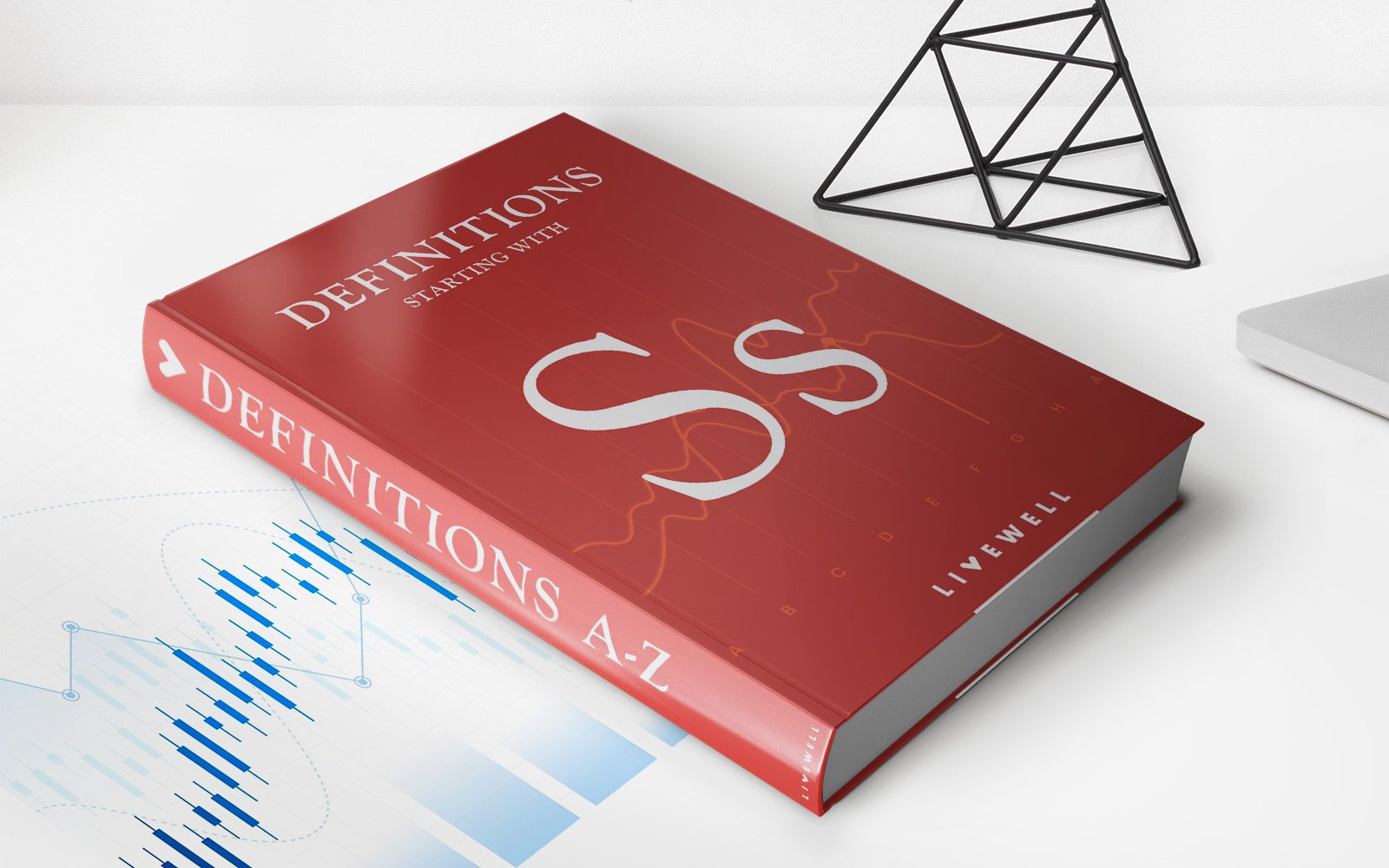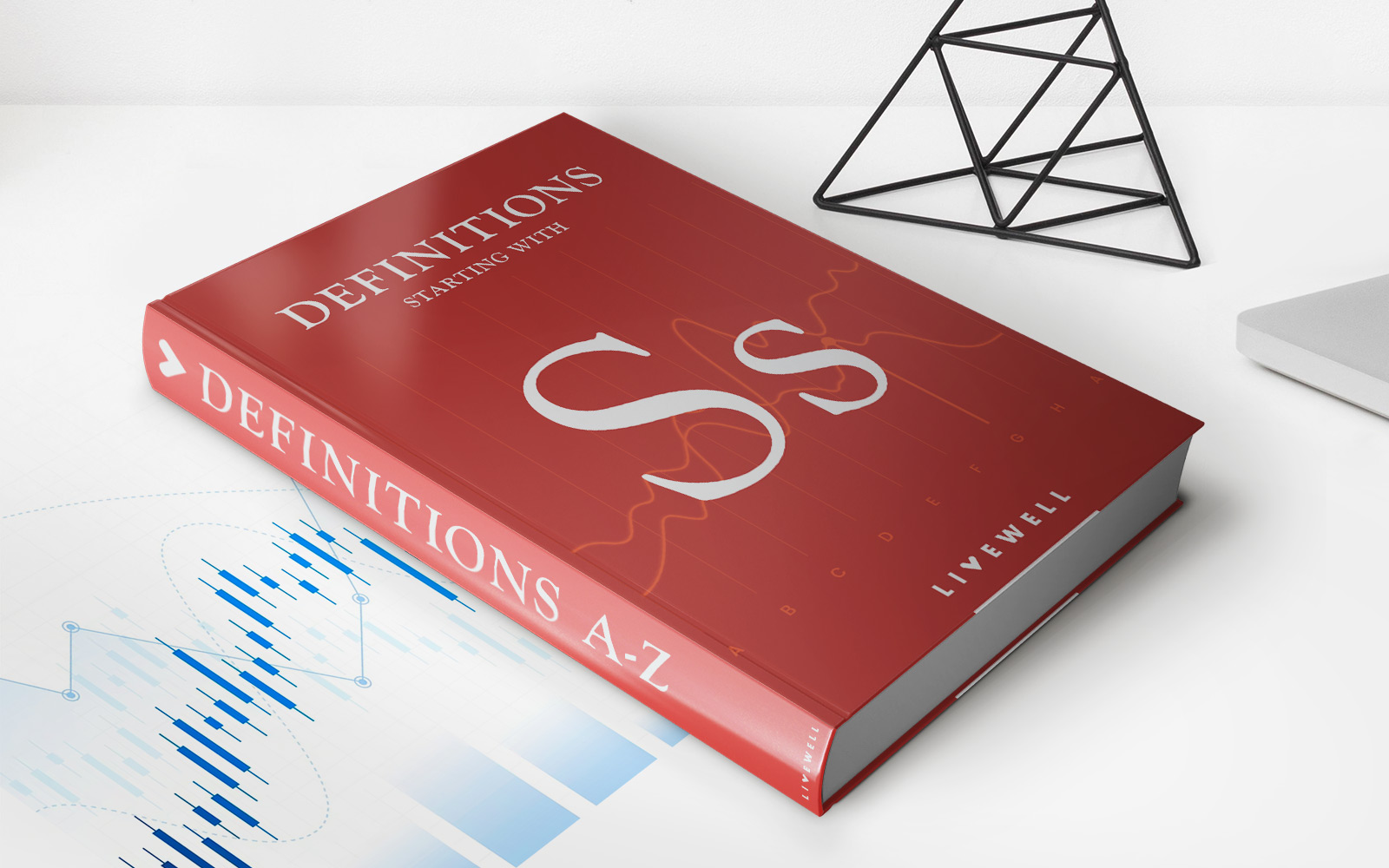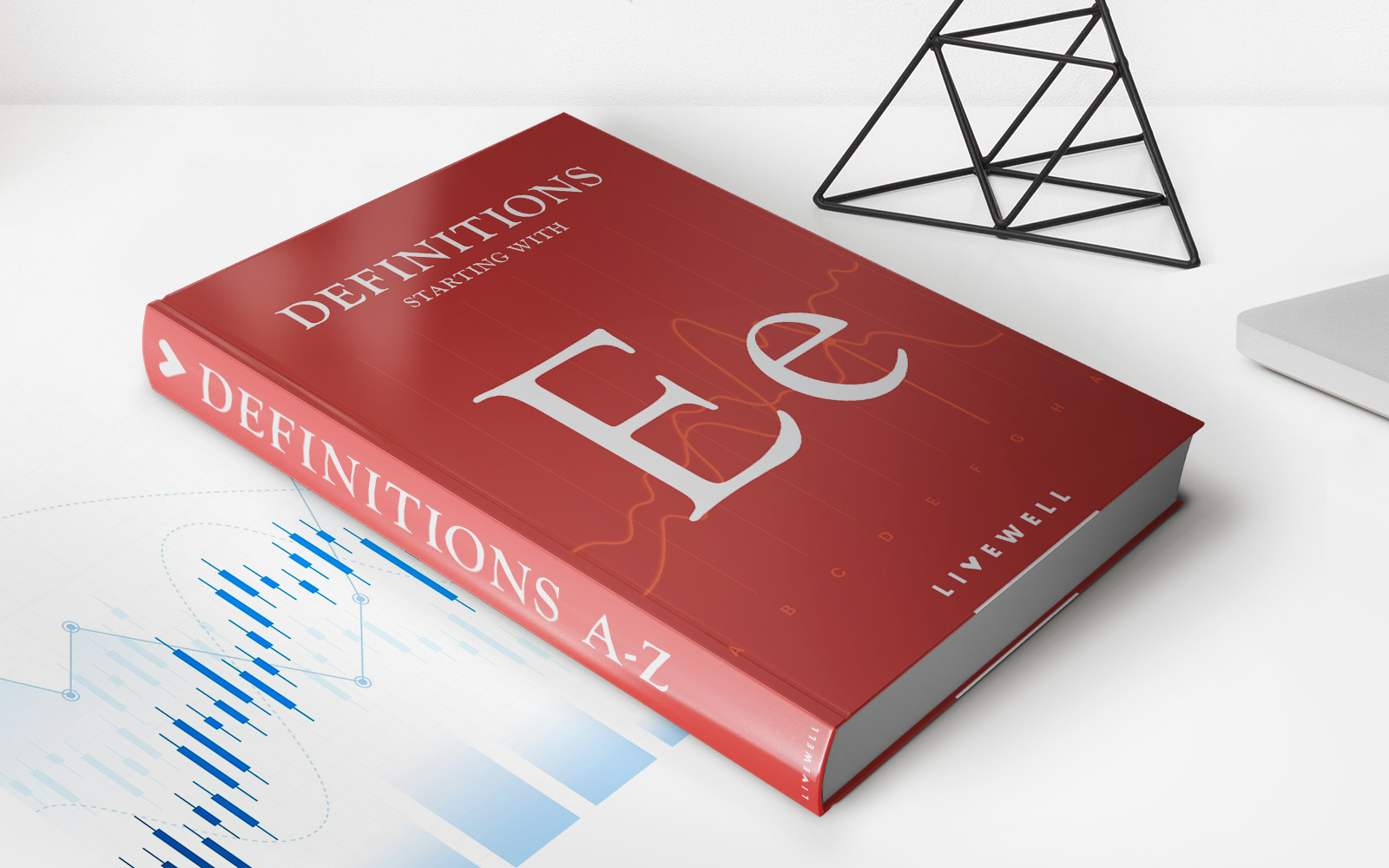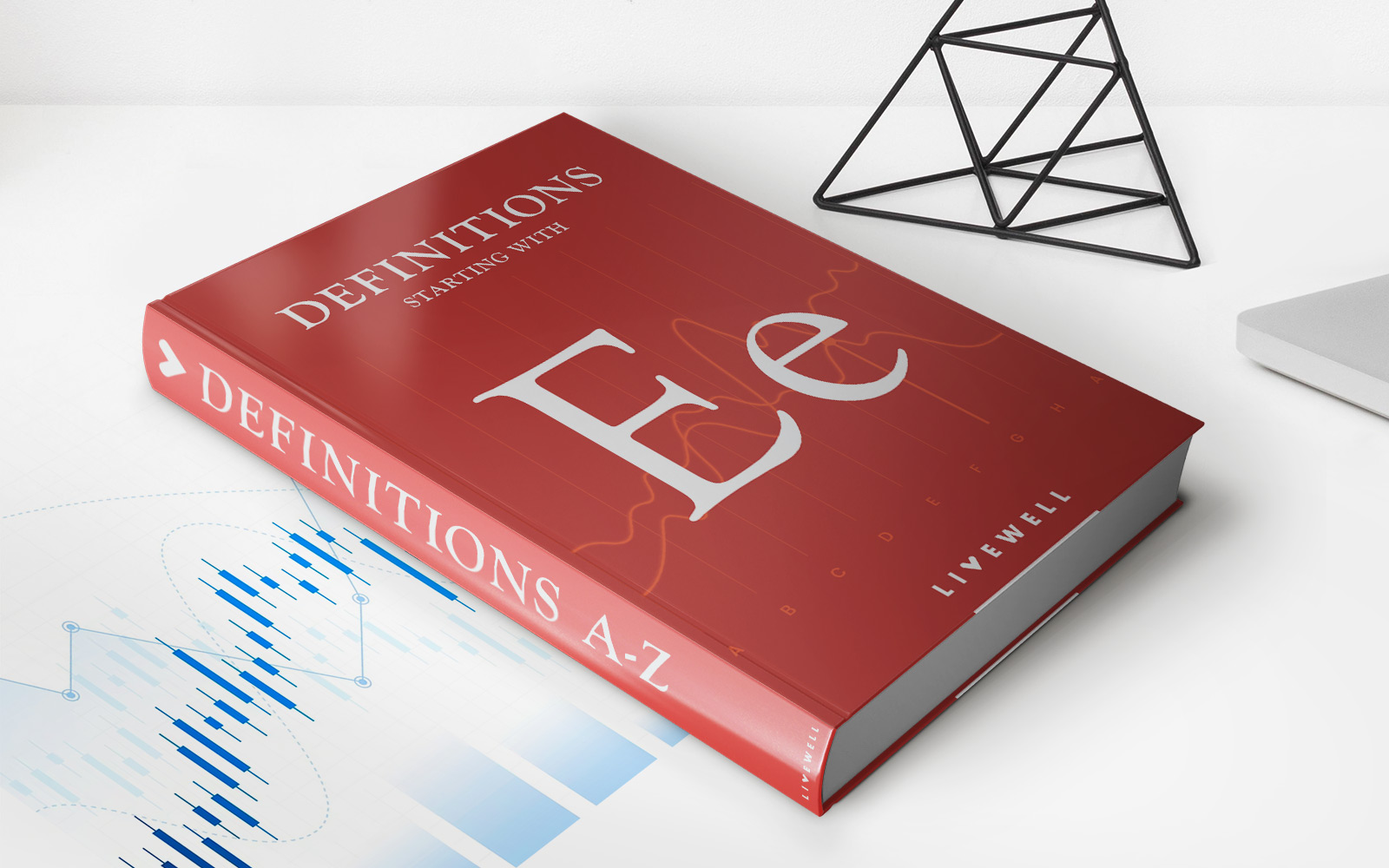
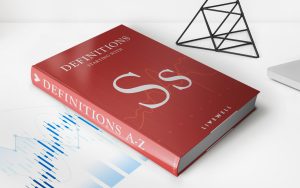
Finance
SEC Form 1-U Definition
Published: January 24, 2024
Learn the SEC Form 1-U definition in finance, including its requirements and importance. Stay compliant with industry regulations and ensure accurate reporting.
(Many of the links in this article redirect to a specific reviewed product. Your purchase of these products through affiliate links helps to generate commission for LiveWell, at no extra cost. Learn more)
Understanding SEC Form 1-U Definition: A Guide to Staying Informed on Financial Disclosures
Finance is a vast field encompassing various topics, from personal budgeting to investment strategies. In today’s digitally-driven world, staying informed about financial disclosures and regulatory requirements is crucial for individuals and businesses alike. One essential aspect of this is understanding the SEC Form 1-U definition. In this blog post, we will dive into the world of financial disclosures and provide you with a comprehensive guide on what SEC Form 1-U encompasses and why it matters.
Key Takeaways:
- SEC Form 1-U is a regulatory requirement for companies conducting certain securities offerings under the Regulation A+ exemption.
- Form 1-U serves as a tool for disclosing important information related to the offering, such as milestones, progress updates, and other material events.
So, what exactly is SEC Form 1-U? SEC Form 1-U is a report filed under Regulation A+ of the Securities Act of 1933. It serves as a disclosure document for companies conducting securities offerings through the Regulation A+ exemption. This form allows companies to provide essential updates and information to potential investors and the general public, enabling them to make informed decisions.
Form 1-U acts as a supplement to the initial offering circular (Form 1-A) and ongoing reports (Form 1-K and Form 1-SA). It serves as a means for companies to communicate significant events or changes that occur between the filing of the offering circular and the completion of the offering. These events may include milestones achieved, material updates, or other developments that may impact investors’ decision-making process.
With the rise of crowdfunding and the increased accessibility to early-stage investments, SEC Form 1-U plays a crucial role in maintaining transparency within the financial markets. It allows investors to stay informed about the progress and performance of companies seeking funding, enabling them to assess the potential risks and rewards associated with their investment decisions.
It’s important to note that while SEC Form 1-U disclosure requirements may vary depending on the specific circumstances of each offering, they typically include:
- Changes in business operations or strategy,
- Material updates regarding the offering itself,
- Financial information updates,
- Non-exclusive material developments impacting the company’s operations, and
- Other events or milestones that may be material to investors.
By filing SEC Form 1-U, companies can ensure compliance with the rules and regulations set forth by the Securities and Exchange Commission (SEC). It acts as a valuable tool for investors who seek additional information to make informed investment decisions. Moreover, it helps establish trust and transparency between companies and investors, fostering a healthy and efficient financial marketplace.
In conclusion, understanding the SEC Form 1-U definition is essential for anyone involved in financial markets, whether as an investor or a company seeking funding through Regulation A+. By staying informed about financial disclosures and regulatory requirements, individuals and businesses can make well-informed decisions, minimizing the potential risks and maximizing the opportunities in the ever-evolving world of finance.



